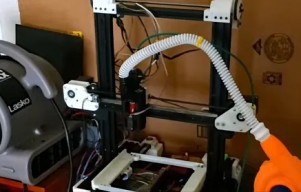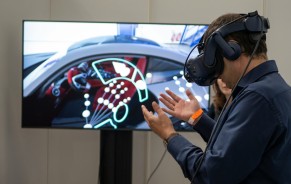Although there have been many advances in portable electronic devices, the need to plug them into a wall socket in order to recharge has been a constant necessity. To eliminate the need of having to do so, researchers have developed a light-weight and self-charging paper device that can harvest and store energy from body movements.
Zhong Lin Wang, Chenguo Hu and colleagues attempted to untether small energy needs from the wall socket by harvesting the needed energy from a series of user's body movements. Wang and his team have been working to develop the self-charging paper device over a period of years, according to Science Daily.
Inspired by the Chinese and Japanese arts of paper-cutting, the team tried creating triboelectric nanogenerators (TENGs) that can harness the mechanical energy all around the user's vicinity in order to develop the self-charging paper device. This certainly includes energy generated by footsteps, which is then transmitted into power to leverage portable electronics.
TENG devices are different from portable electronic devices, such as watches, hearing aids and heart monitors. The devices require several hours to charge small electronics at the very least.
They consist of sensors, and are made of acrylic which makes it all the more undesirable heavy. To eliminate the problem, researchers have resorted to an ultra-light and rhombic design of self-charging paper device, about a few inches long and have covered it with different materials to turn it into a power unit.
The self-charging paper device's energy-storing supercapacitor element comprises of four outer sides, made of gold- and graphite-coated sand paper. The inner surfaces, meanwhile, is made of paper and coated in gold and a fluorinated ethylene propylene film, which comprises of the TENG energy harvester, according to the American Chemical Society. Pressing and releasing it over just a few minutes charged the device to 1 volt, is enough to power a remote control, temperature sensor or even a watch.


















